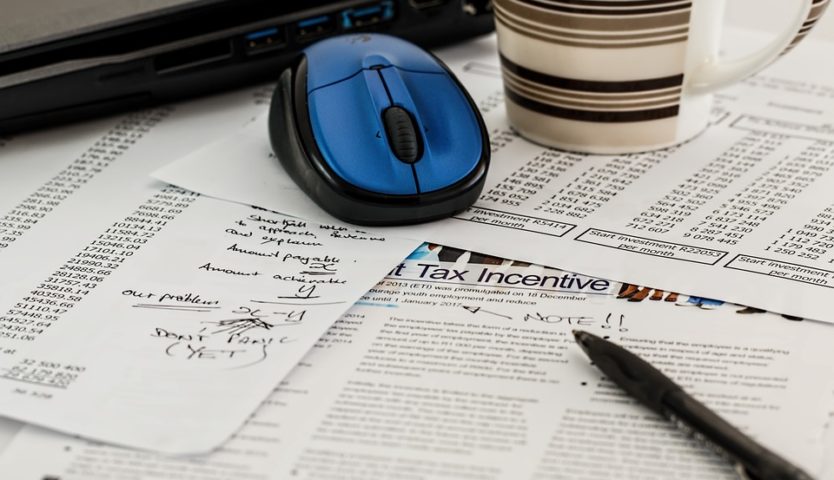In 2009, Canada introduced a unique way for Canadians to invest and save money – tax free!
Known as a TFSA, the Tax Free Savings Account is a flexible and simple way to grow a savings account.
What can you save for? Basically, anything you can think of:
What is a TFSA?
A TFSA is a tax free savings account available to Canadians who are 18 years of age or older.
As its name suggests, TFSAs are completely tax free. This means that savings are placed into an eligible investment and grow tax free. All interests, dividends and capital gains are tax free. Even withdrawing from a TFSA is considered non-taxable income.
TFSAs can be used for anything – tuition, down payments, retirement income, emergency funds. They are suitable for both long term and short term savings goals.
The Benefits of a TFSA
1. Draw Income During Retirement
Most retirement incomes are taxable, meaning that you have to pay taxes on any amount you withdraw. Withdraws from a tax free savings account, on the other hand, are not considered income and are not taxed.
If you can establish a healthy TFSA, you can draw on that account for your retirement income before having to touch your taxable RRSPs.
2. Flexibility of Savings
A TFSA gives you the flexibility to save for short term goals such as a vacation, long term goals such as retirement or to have an emergency fund.
You can use a TFSA in so many different ways in so many different stages of your life. Here are some ideas as to how a TFSA can be used:
- Savings for Education. You may already have a registered education savings plan (RESP) set up for your child – and you probably have already accessed the maximum government grants. If that is the case, you can use a TFSA to save more for your children’s education.
- Rainy Day Savings. In this uncertain world, you never know when you may need money for good times or bad times. You can use a TFSA in case you lose your job, incur uncovered health care costs or if your home or car require unplanned repairs.
- Care for Elderly Parents. If you’re responsible for caring for aging parents, a TFSA can help with the cost of healthcare at home or in a long-term care facility.
With a TFSA, you can invest or save – the choice is yours!
3. Reduce Tax on Investments
You can use a tax free savings account to shelter investments that would usually be taxed at a higher rate.
Tax shelters are legal investment vehicles that aim to reduce or eliminate your tax liability. Some are risky and should be avoided, but TFSAs are a safe way to shelter your investments and reduce your bill.
4. No Income Required
In order to open a TFSA, you do not require any proof of income.
As soon as a Canadian turns 18, they only need to prove they are a resident of Canada and provide a social insurance number to begin a tax free savings account.
Once an individual turns 18, they start accumulating contribution room on a TFSA, regardless of employment status.
The contribution room is the maximum amount you can contribute to a TFSA per year. If you do not take advantage of the contribution room, the remainder carried forward to the next year.
5. Does Not Affect Government Benefits
Because withdrawals from a tax free savings account are not considered to be taxable income, taking money from a TFSA does not affect government benefits such as the child tax benefit or retirement supplements like the Guaranteed Income Supplement (GIS).
Ready to Start Saving – Tax Free?
Our expert accountants at Liu & Associates are ready to answer any questions you may have about opening a Tax Free Savings Account! Contact us today for more information.







 Whatever the reason may be, sometimes people fail to file their tax returns on time, or in some extreme circumstances, ever! Failure to submit your tax return can have some nasty consequences, including hefty fines and penalties. If you find yourself in this situation know that not all hope is lost; the good news is that there is a way to file tax returns from previous years in Canada. However, how you handle the situation will depend on your circumstances. Read on to learn about what options you have if you need to file tax returns from previous years.
Whatever the reason may be, sometimes people fail to file their tax returns on time, or in some extreme circumstances, ever! Failure to submit your tax return can have some nasty consequences, including hefty fines and penalties. If you find yourself in this situation know that not all hope is lost; the good news is that there is a way to file tax returns from previous years in Canada. However, how you handle the situation will depend on your circumstances. Read on to learn about what options you have if you need to file tax returns from previous years. As 2019 comes into full swing, it’s bringing some tax changes with it that will have some big impacts on Canadians and small business owners. With income tax being the top expense for most Canadian families, it’s worth it to be aware of what’s going to change in 2019. Read on as Liu & Associates highlights a few of the major changes you’ll see in 2019 when it comes to your income taxes.
As 2019 comes into full swing, it’s bringing some tax changes with it that will have some big impacts on Canadians and small business owners. With income tax being the top expense for most Canadian families, it’s worth it to be aware of what’s going to change in 2019. Read on as Liu & Associates highlights a few of the major changes you’ll see in 2019 when it comes to your income taxes. Coming into a lump sum of money suddenly, be it big or small, can be jarring to say the least. A sizable inheritance can represent a life-changing opportunity, if managed properly. Follow these five tips to make sure you’re managing your money smart and effectively to keep you financially stable for years to come.
Coming into a lump sum of money suddenly, be it big or small, can be jarring to say the least. A sizable inheritance can represent a life-changing opportunity, if managed properly. Follow these five tips to make sure you’re managing your money smart and effectively to keep you financially stable for years to come.